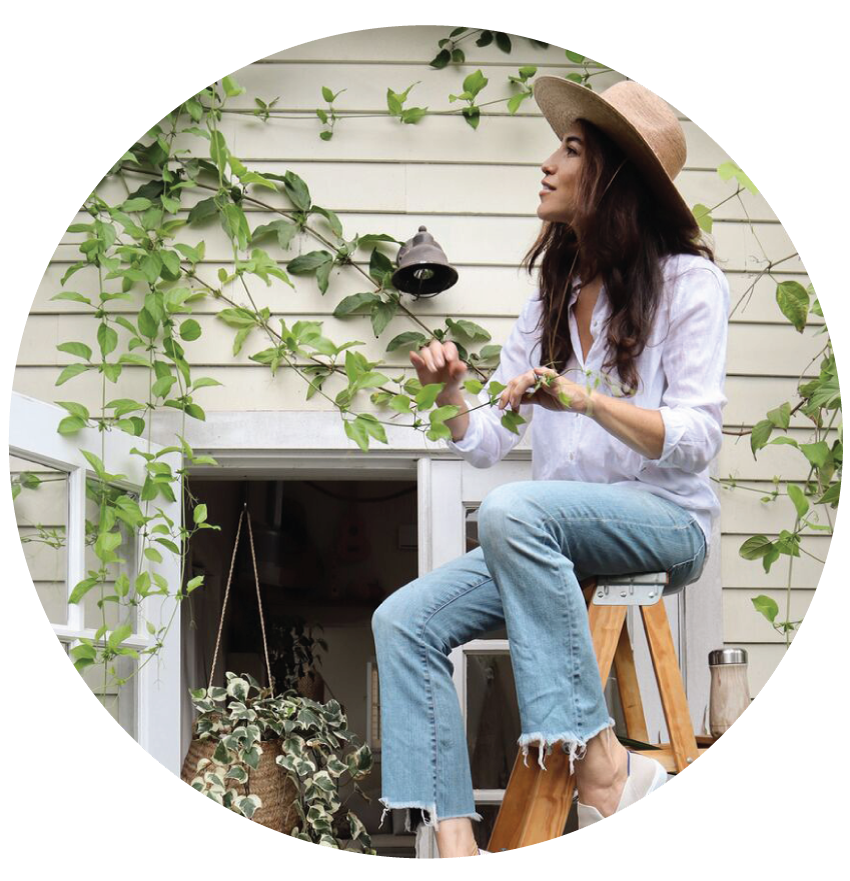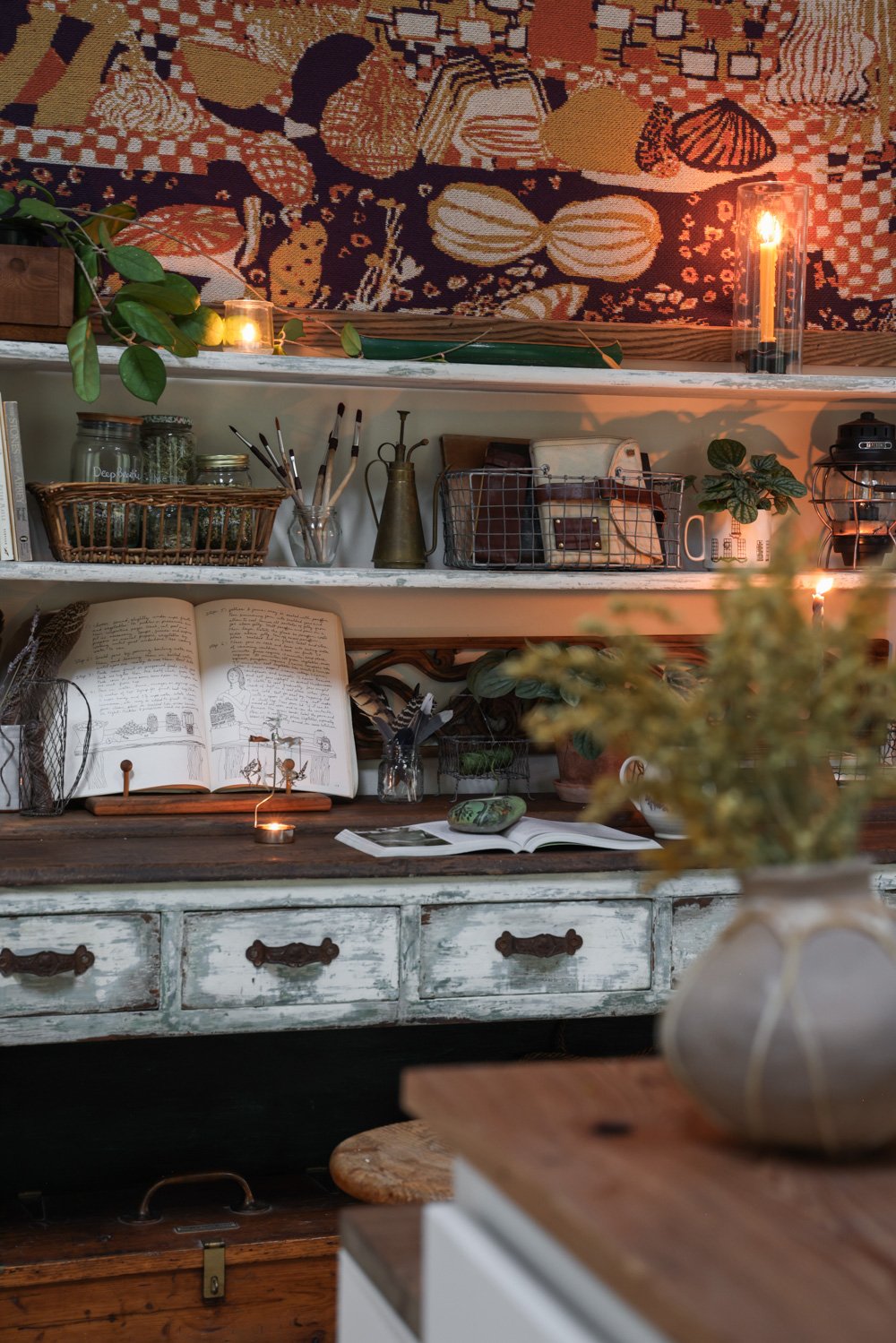Rightsized Furnishings via Small Sized Businesses
In this post: Celebrating Small Business Saturday, as well as updates & milestones in the cottage.
This month we approached the one year anniversary of moving into our little guest cottage in the southeast. Our architect and I designed this ~900 sqft structure with great care, as it’s an essential component of the part-time, multigenerational arrangement that allows us to slowly restore the Tiny French Farmhouse abroad as time and budget allow.
Overall we’ve been pleasantly surprised with the efficiency of the cottage, which really does function as we’d hoped and envisioned it would. But when we moved in one year ago there were still several construction tasks left unfinished, as timelines and budgets ran dry (as they presumably do for the majority of folks, despite the highly polished interiors we often see online that can lead us to believe otherwise).
For example, there’s a 4’-long utility “hallway” that connects the main room (living space / kitchen / dining room / entry) to the bathroom / laundry room combo, and that tiny space was left largely undone. The HVAC concealment door that we’d sliced in half and turned into double panel (so we could still fit into the hall when opening the door) was missing hardware and paint. The flooring behind the door was never installed for some mystifying reason. And the opposite wall, which offers a closet-sized nook where the breaker panel is located, was meant to contain a built-in cabinet system that never came to fruition.
The utility alcove connecting the main room on the right with the bathroom / laundry room on the left (as seen using wide angle photography while standing within the HVAC closet across the walkway).
Note: The full version of this post also contains a Q&A with Lyonella Cook of Sandpaper and Wax Design, the artist who restored the newest vintage piece in the cottage, pictured here. A preview of the questions and responses is below:
QUESTION: Sourcing secondhand and vintage are a great way to combat the “fast furniture” trend that is so taxing on the planet. But some older pieces have toxic finishes, making them less healthy for households— particularly homes with young children. What is your approach to addressing this issue?
REPLY: I have made it a personal business standard to test EVERY SINGLE piece of furniture for heavy metals using FDA/OSHA approved testing kits. Yes it is absolutely more expensive but I believe in guaranteeing a safe product for families. The expectation of safety I have for my own family is the same expectation I have for my clients family. My background is in construction, if there is one thing they drilled home in college and on the job site...safety first!







